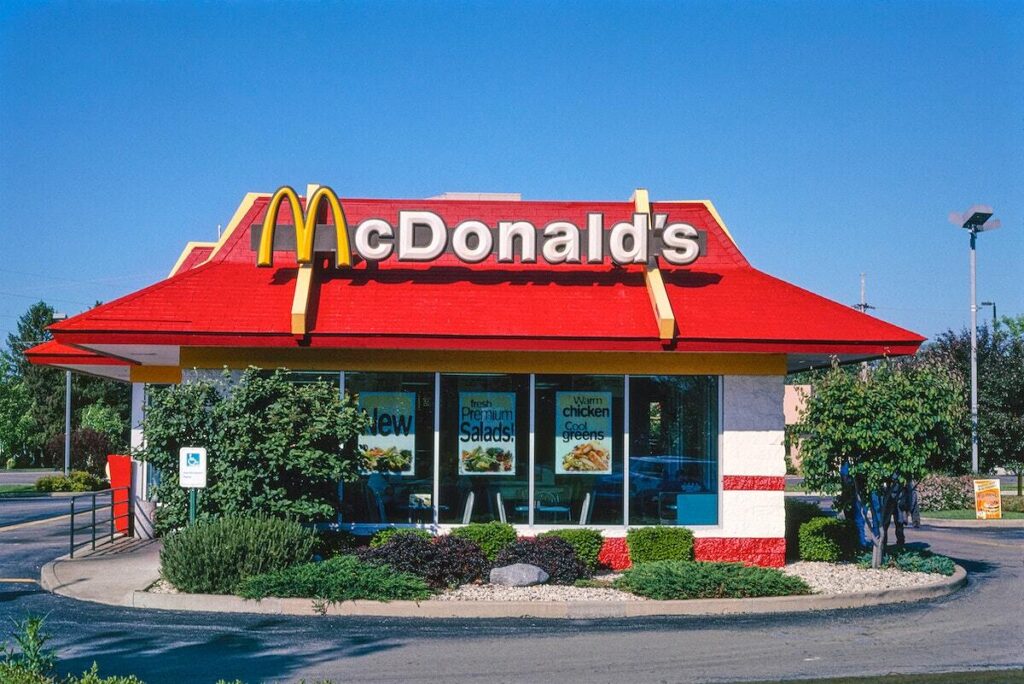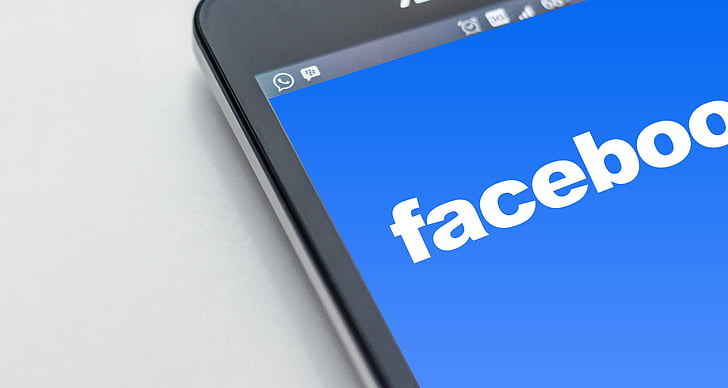Color plays a significant role in branding, influencing how we perceive and respond to products, services, and companies. Often overlooked, the psychological impact of color is deeply rooted in human experience, affecting emotions, decision-making, and behavior. Companies have long recognized this power and strategically use color to shape their brand identity, convey messages, and establish a connection with their audience. This blog delves into the psychology of color in branding, exploring how different hues evoke specific feelings and help shape a brand’s perception in the marketplace.
Why Color Matters in Branding
Color is one of the first things people notice about a brand. It captures attention, conveys meaning, and can make a brand instantly recognizable. Studies have shown that up to 90% of a consumer’s first impressions are based on color alone. This makes it a crucial element in brand design, influencing everything from logos and packaging to website design and advertising.
Colors evoke emotions on both a conscious and subconscious level. When chosen strategically, colors can create associations that align with the brand’s core message, values, and market positioning. For instance, think of the refreshing blue of Facebook, the energetic red of Coca-Cola, or the calming green of Starbucks. These brands have built their visual identity around a central color that evokes the feelings they want consumers to associate with their products.
The Psychology of Individual Colors in Branding
Each color carries its own set of psychological meanings. While interpretations can vary across cultures, there are general themes associated with different colors that influence branding decisions.
1. Red: Passion, Energy, and Urgency

Red is an attention-grabbing color often associated with excitement, energy, and passion. It can stimulate strong emotions, from love to urgency, which is why it’s frequently used in clearance sales and fast-food chains like McDonald’s. Red can trigger a sense of urgency, making it a popular choice for call-to-action buttons in digital marketing. However, it can also evoke aggression or intensity, so brands must use it wisely.
2. Blue: Trust, Calm, and Professionalism
Blue is one of the most widely used colors in branding due to its associations with trust, security, and reliability. It’s often used by banks, technology companies, and healthcare brands to create a sense of stability and professionalism. The calming effect of blue makes it a popular choice for brands that want to convey a sense of peace and trustworthiness, such as social media platforms like Facebook and Twitter.

3. Yellow: Optimism, Warmth, and Clarity
Yellow is the color of optimism and warmth. It’s bright, cheerful, and associated with the sun, making it a great choice for brands looking to evoke feelings of happiness and positivity. Companies like IKEA and Snapchat use yellow to create a sense of playfulness and approachability. However, yellow can also be overwhelming in large quantities. Yellow is used often as an accent color rather than a dominant one.
4. Green: Growth, Health, and Sustainability
Green is a color strongly linked to nature, growth, and health. It’s commonly used by brands in the organic, eco-friendly, and wellness industries. The color green is calming and balanced, symbolizing renewal and vitality. Brands like Whole Foods and Starbucks use green to highlight their connection to sustainability and health-conscious products.
5. Purple: Luxury, Creativity, and Mystery
Purple has long been associated with royalty, luxury, and sophistication. It’s a color that conveys creativity and imagination, making it a popular choice for brands in the beauty, fashion, and technology sectors. Companies like Cadbury and Hallmark use purple to position themselves as premium or creative brands. Purple can also evoke a sense of mystery and spirituality.
6. Black: Power, Sophistication, and Elegance
Black is bold, powerful, and elegant. It’s often used by luxury brands to convey sophistication and exclusivity. High-end brands like Chanel and Nike use black in their branding to create a sleek, timeless appeal. While black can evoke authority and strength, it can also appear somber or cold if not balanced with other elements.
7. White: Simplicity, Purity, and Minimalism
White is often associated with cleanliness, simplicity, and purity. It’s a popular choice for brands that want to convey a minimalist, modern, or straightforward approach. Tech companies, like Apple, use white in their branding to emphasize simplicity and innovation. White space in design can also make other colors stand out, creating a clean and focused look.
Cultural Considerations in Color Psychology
While color psychology provides general guidelines, it’s essential to consider cultural differences when choosing brand colors. Colors can carry different meanings depending on the cultural context. For example, in Western cultures, white is associated with purity and weddings, while in some Eastern cultures, it’s linked to mourning and funerals. Similarly, red is a color of celebration and luck in China, whereas it can signify danger or warning in other contexts.
Building a Cohesive Brand Identity Through Color
Color consistency is key to building a strong brand identity. Brands that use the same colors across all touchpoints from logos and packaging to websites and advertisements are more likely to create a cohesive and memorable image. This repetition helps reinforce the brand in consumers’ minds and creates a sense of reliability and recognition.
In addition to choosing the right colors, brands need to consider how colors interact with each other. A well-balanced color palette can enhance a brand’s appeal, while clashing colors may confuse or repel potential customers. Many companies invest in professional designers to create a color scheme that reflects their brand’s personality and appeals to their target audience.
Conclusion
The psychology of color in branding is a powerful tool that can shape how consumers perceive and interact with a brand. By understanding the emotional and psychological associations of different colors, brands can make informed choices that align with their values and resonate with their audience. Whether it’s the bold red of Coca-Cola, the trustworthy blue of IBM, or the luxurious purple of Cadbury, color plays a pivotal role in defining a brand’s identity and influencing consumer behavior.
